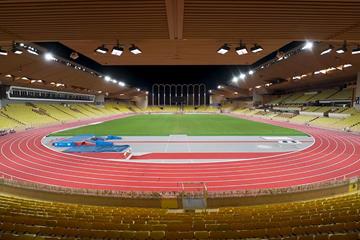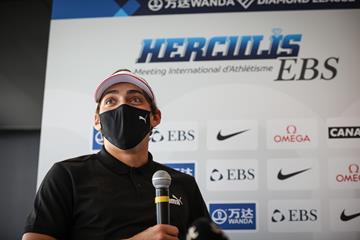World Athletics is deeply saddened to hear that Hungary’s three-time Olympic javelin medallist Gergely Kulcsar died on Wednesday (12) at the age of 86.
Winner of 12 national titles, Kulcsar was the first Hungarian man to throw beyond 80 metres. Along with his Olympic silver in 1964 and his bronze medals in 1960 and 1968, Kulcsar was also Hungary’s flag bearer at the 1964, 1968 and 1972 Olympic Games.
Born in Nagyhalasz in 1934, Kulcsar was the oldest of five children. The family moved to Vac when Kulcsar was seven years old and it was there where he discovered sports, first football and then athletics.
His first major international appearance came at the 1958 European Championships in Stockholm. Although he was ranked just 22nd in the world that year, he came away from the Swedish capital with the bronze medal.
He replicated that finish two years later at the Olympic Games in Rome. In a competition where all the big throws came in the first round, Kulcsar’s opening effort of 78.57m was enough to clinch third place.
Kulcsar’s biggest international triumph was at the 1961 World University Games in Sofia, where he beat two-time European champion Janusz Sidlo to take the gold medal.
In 1963, Kulcsar added almost a metre to his own national record with 80.29m, the first 80-metre throw by a Hungarian man. But he was considered an outside bet for a medal at the 1964 Olympics in Tokyo as Norway’s Terje Pedersen broke the world record with 91.72m just before the Games, while Sidlo and reigning European champion Janis Lusis were also in good form.
Pedersen, however, failed to reach the final. Sidlo and Lusis exchanged the lead in the first two rounds, but Kulcsar then took pole position with a lifetime best of 82.32m in round four. His lead was short-lived, however, as Finland’s Pauli Nevala threw 82.66m just minutes later. None of the top six improved in the last two rounds, so Kulcsar ended with the silver medal.
The 1966 European Championships were on home soil in Budapest and Kulcsar once again finished on the podium, throwing 80.54m to take the bronze medal.
For the third Games in a row, Kulcsar finished among the medals at the 1968 Olympics in Mexico City. As was the case in Tokyo four years prior, Kulcsar took the lead in round four with a PB, this time throwing a huge 87.06m. It remained the leading mark until the final round when Lusis (90.10m) and Finland’s Jorma Kinnunen (88.58m) surpassed it, leaving Kulcsar with the bronze medal.
Although that was the last international medal of his career, Kulcsar went on to finish fourth at the 1969 European Championships and, at the age of 38, narrowly missed the final at the 1972 Olympics before retiring at the end of that season.
Having worked as a physical education teacher and professor earlier in his career, he became a full-time coach after retiring from competitive athletics and he guided Miklos Nemeth to Olympic gold in 1976. He was Hungary’s head throws coach until 1980 and then took on a similar role in Kuwait from 1981 to 1993.
World Athletics







 Countdown
Countdown





